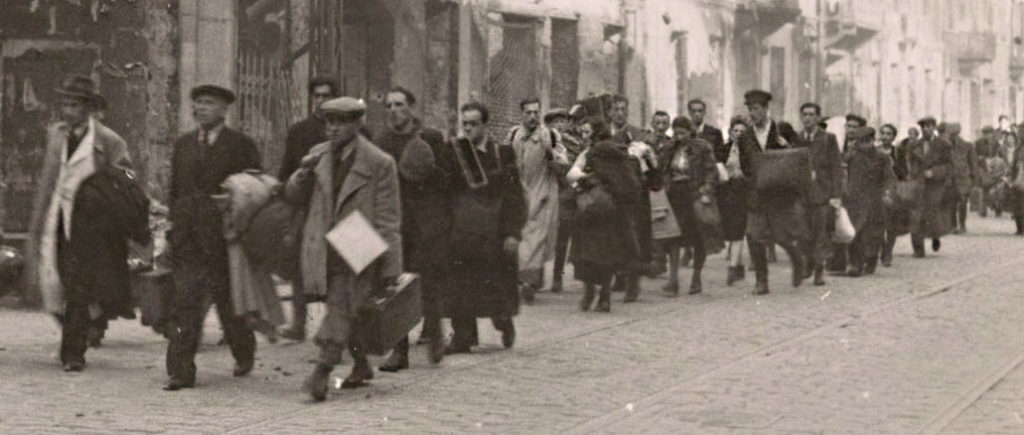
Every person is one life, with their own long history. This audio walk will give you an insight into the fates of Jewish and non-Jewish people under National Socialism, especially here in Berlin Moabit.
People who were deported and murdered by the Nazis. Or who managed to survive. Or who helped others while risking their own lives. These are only examples of events that took places in inconceivably high numbers at that time.
Berlin was the most significant centre of Jewish life in Germany. When the National Socialists took power in 1933, more than 160,000 Jewish people were registered here, of which over 12,000 in Tiergarten, as the district was called at the time.
During the time from 1933 to 1938, 1,400 laws were passed against the Jewish population. It was an unbelievable break with civilisation: job lost, home lost, no radio, no visits to the park, no theatre. Shopping only allowed for one hour a day, which was in the middle of your forced labour shift. No meat, no cigarettes, all your food rations with “Jew” stamped across them. No public transport, confined to “Jewish houses”, curfew from 8 pm, marked with a yellow Star of David. 1,400 laws! Against people living in this country, who were neighbours.
They thought it could not get any worse, and then the Nazis started with deportations to extermination camps, right out in the open. Afterwards, nobody admitted that they had noticed anything at all. They claimed that nobody had seen anything or missed anyone – even though it happened in broad daylight.
Over the next one to two hours, we will walk together along the route that thousands of Jews were forced to take, from the collection camp in Levetzowstrasse to Moabit goods station. Their Last Journey took these people into concentration camps such as Auschwitz, Majdanek or Treblinka, or to ghettos such as Litzmannstadt or Theresienstadt.
Some were taken to the station in trucks, others marched on foot right across the neighbourhood. At night, but also during the day, so anyone could see. Some days, it was over a thousand people, luggage in hand, because they believed the lies of the SS men that they were being taken to labour camps. Many however already suspected that they were being sent to their deaths.
The November Pogroms of 1938 had already demonstrated what Jews in Germany could expect in future: Looting, destruction of their livelihoods and businesses, humiliation, imprisonment, torture and finally murder. The terror only increased with the start of the Second World War in 1939. The first deportation train left Berlin on 18th October 1941. The systematic extermination of the Jews was agreed and organised at the Wannsee Conference in January 1942. A key role in this was played by Jewish institutions and establishments, which were misappropriated by the Nazis. That’s what happened here, in Levetzowstrasse on the corner of Jagowstrasse, where once stood one the largest synagogues in Berlin. We will start our audio walk here. Take a look around.

